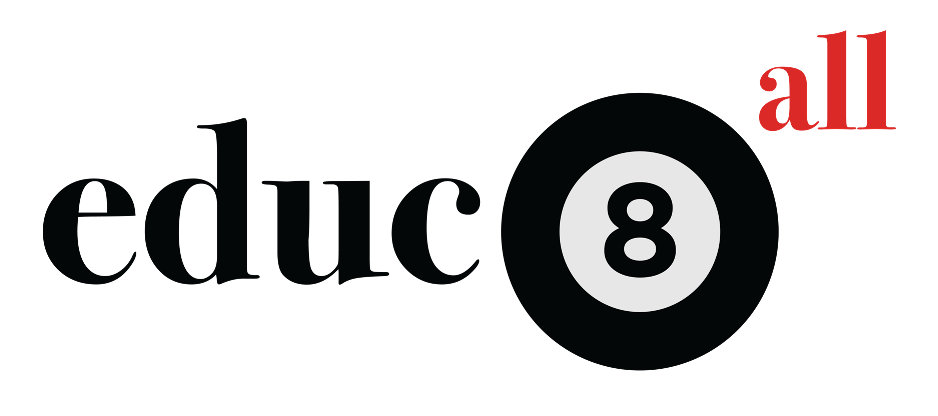
Puzzles
How were your summer holidays? Did you have fun? We’ve been busy working on further developing website features so that you all get a better experience on educ8all. We look forward to revealing these in the coming weeks! Here is a bit of fun you may enjoy if you like puzzles…
***
One of the events we exhibited at during the summer was the UCL Summer Start-up Party. We got the chance to meet a number of start-ups including some in the education space who we may collaborate with in future.
Beyond the usual marketing materials on our stand, one of our draws which proved popular was the puzzle below. (We’re probably going to have to come up with more puzzles for future exhibitions!). Can you solve it (no prizes available)? The answer is at the end of the blog post so take heed of the warning to not read past a certain point (on Twitter or on this blog)!
Now this is a puzzle of some difficulty as most of the people who read it at the exhibition ended up giving up! Please be assured that the answer relies on logic and there is no “trick” or bending of the rules needed to ascertain the heavier ball.
For those of you who are stumped by this one (or perhaps saw it on Twitter or Instagram earlier in the summer), here is an easier one below. You can also find it on Twitter and Instagram in case you wish to share these puzzles more easily!

****Don’t read any further unless you wish to see the answers to the puzzles above****
*
*
*
*
*
*
*
*
*
*
Problem 1: The solution is to separate the nine balls into three groups: A, B and C. The first weighing is Group A versus Group B, with Group C withheld from the scales. If the two sides are balanced then Group C (i.e. group of three balls) must contain the heavy ball; if the scales tip one way then that side (i.e. group of three balls) contains the heavy ball. Thus, after the first weighing we have narrowed down the options to three balls. The second weighing uses the same process of deduction except we are now weighing Ball 1 versus Ball 2, with Ball 3 withheld from the scales. If the two sides are balanced then Ball 3 must be the heavy ball; if the scales tip one way then the ball on that side is the heavy ball.
Problem 2: We know that the thief has the same number of apples at the beginning in the orchard as he has at the end when he has left the castle. This suggests that each transaction with a guard must yield the same result, that is the number of apples the thief before he approaches any one guard must equal the number of apples he must have after concluding his transaction with the guard. We can either use a trial and error approach or represent the logic above as:
x = (x/2) + 1
x – 1 = x/2
2(x – 1) = x
2x – 2 = x
2x = x + 2
x = 2





Responses